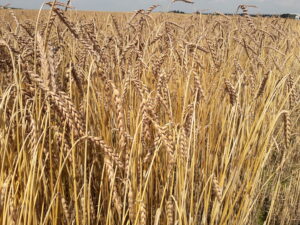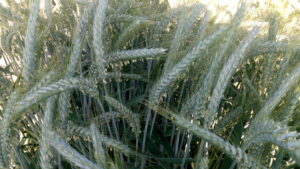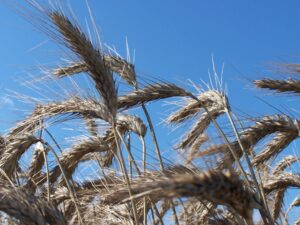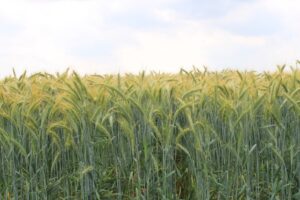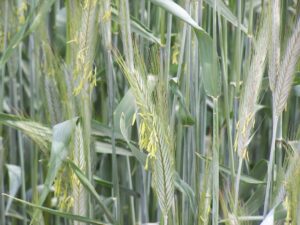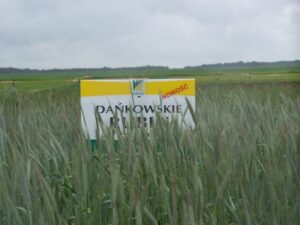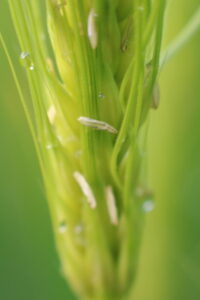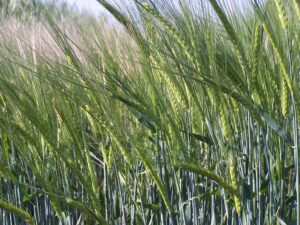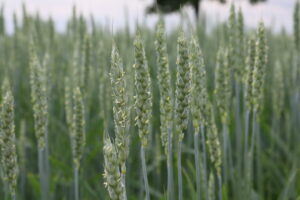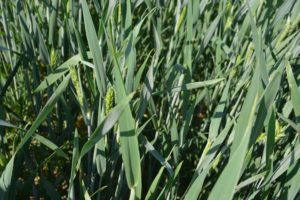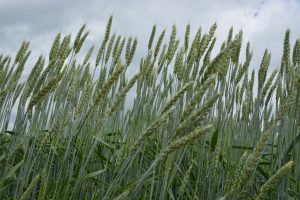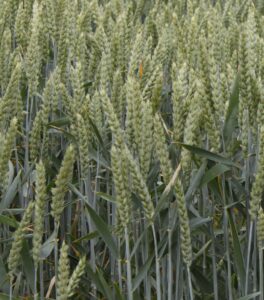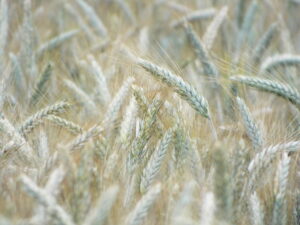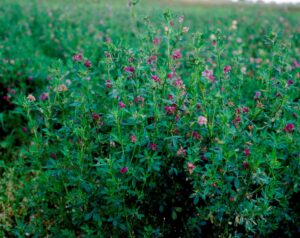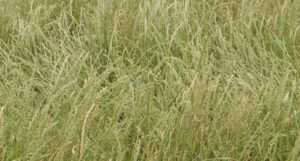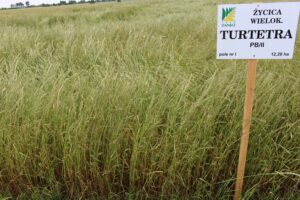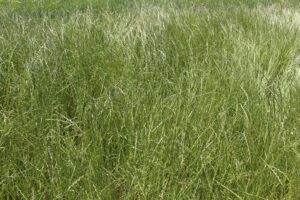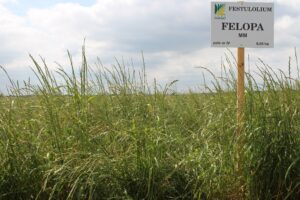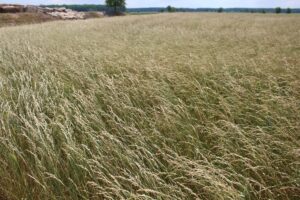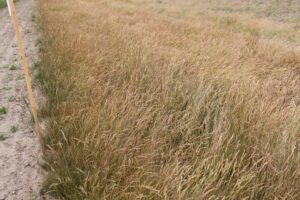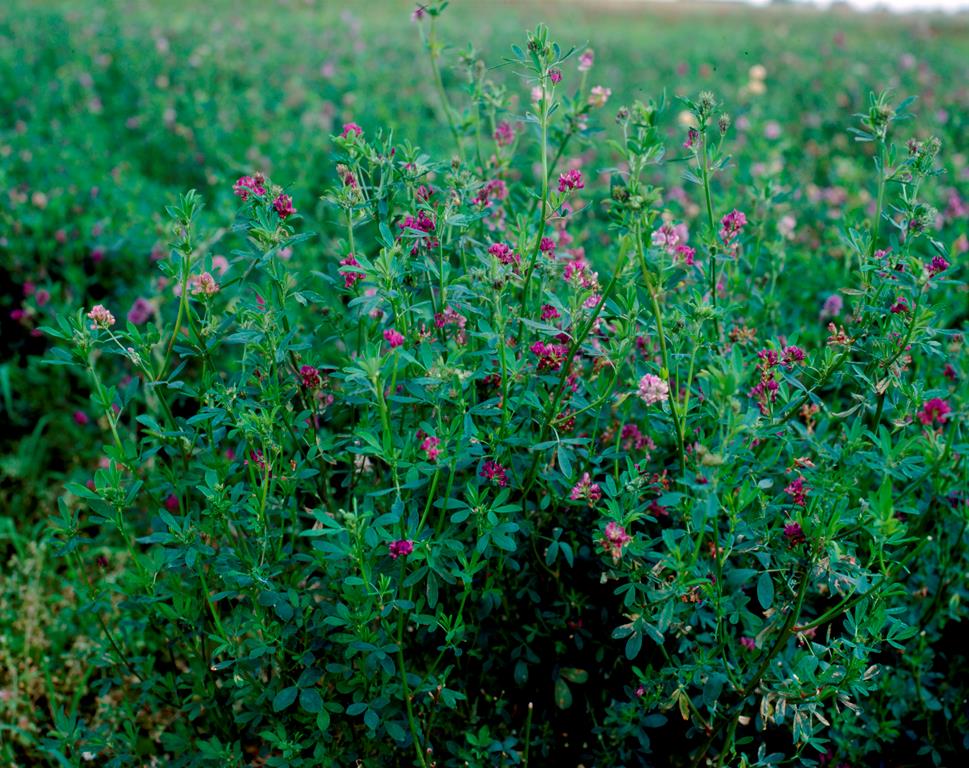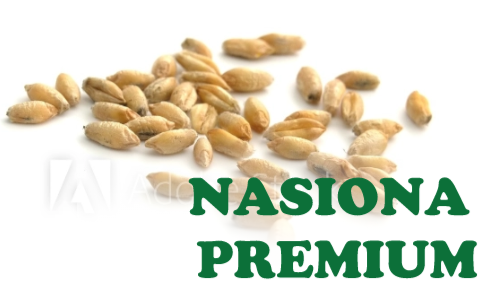- Kometa is suitable for mowing several times per year, perennial crop in pure sowing and mixes with grasses.
- It has good post-swath offshoot and good winter hardiness.
- Its stems are foliaceous with small-sized leaves.
- It presents very good resistance to drought and diseases, and good seed setting.
- It has relatively low position of root collar, which decreases the susceptibility to crushing.
Fodder crop – specifications
- Seeds are sown in pure sowing or as intercrop for cover crop in spring, after frosts. In pure sowing, around 15-20 kg/ha of seeds are required – in terms of intercrop, the amount is increased to 25 kg.
- Before sowing, the soil should be carefully prepared, levelled out and rolled. Proper soil levelling enhances water accessibility for emerging seeds. Seeds are placed on 1,0-1,5 cm depth with a seed drill machine. The distance between the rows should equal 15-20 cm. Broadcast sowing method may be applied as well, however, after the process, seeds need to be covered (harrowing).
- Lucerne grows well on neutral soils with pH 6,5-7,0. This means that before the forecrop, field needs to be limed to the extent correlating with its chemical analysis. The fertilisation during the first year of plantation depends on the soil fertility and the forecrop. Before sowing, potassium fertilisation is frequently used in autumn for ploughing in the amount of 120 kg of K2O in parallel with nitrogen fertilisation 20-30 kg of N/ha. – Phosphorus fertilisation is applied in the autumn for winter ploughing in the amount of 60 kg of of P2O5. – Mineral fertilisation with intercrop is used depending on the needs of the cover crop. – Phosphorus and Potassium fertilisation is applied in spring before vegetation period in the amount of 50-80 kg of P2O5, and 100-140 kg of K2O.
- The first swath harvest needs to be conducted during the budding phase due to its most beneficial ratio of leaves to stems and the protein content. Next swath should be carried out in 4-5 week gaps.
- Lucerne has high crop performance especially in dry years. Its dry matter consists of much protein and less sugar, which makes souring challenging. Proper silage process is successful with over 50% of dry matter and preservatives.


